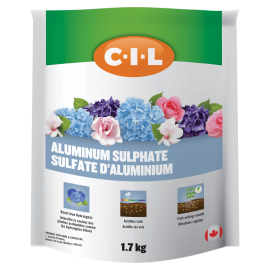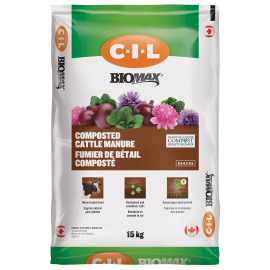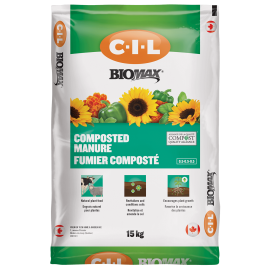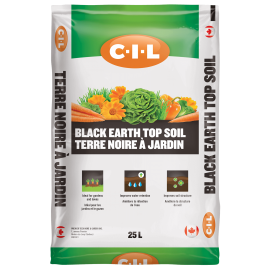How to grow Basil in 3 Simple Steps
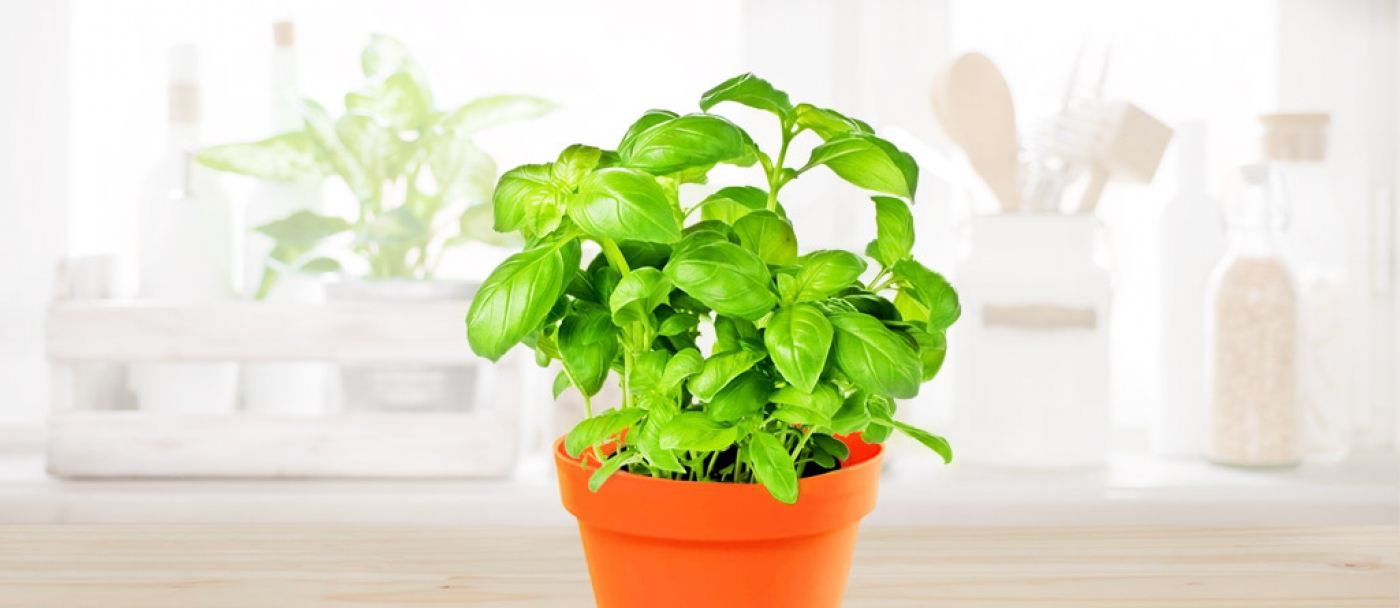
With its bushy growth habit and bright green leaves, basil is an attractive herb. Fresh basil adds a warm, distinctive flavor to pasta, pizza and other foods, or you can freeze the leaves for use throughout the winter.
Basil thrives indoors or out, and it’s surprisingly easy to grow from seed. Let’s get started!
1. Choosing a Container

Basil is a good-sized plant and planting it in a large pot provides plenty of growing space and healthy air circulation. Nearly any type of container is fine, as long as it has a drainage hole in the bottom. Although basil isn’t fussy, it can easily develop root rot without adequate drainage.
2. Soil for Growing Basil

A rich, well-drained potting vegetable and herb potting mix is ideal for growing basil. A good quality mix contains healthy ingredients such as compost and sphagnum moss, plus a little sand to improve drainage. Look for a mix that contains mycorrhizae, a beneficial fungal material that helps basil plants develop strong, healthy roots.
Avoid regular garden soil, which quickly becomes heavy compacted, preventing air, moisture and nutrients from reaching the roots.
3. Planting Basil Seeds

Start basil seeds indoors about six weeks before the last average frost in your area. Like most Mediterranean herbs, basil is a warm-weather plant that won’t tolerate frost.
It’s easiest to plant seeds in a tray or celled container, then transplant the seedlings into a larger container when they’re about 5 cm tall.
Sprinkle the seeds lightly on the surface, then cover them with about .5 cm of potting mix. The room should be warm -- at least 21 °C. (If the room is chilly, the seeds will germinate better with a heat mat.) Water as needed to keep the potting mix slightly moist.
Watch for basil seeds to germinate in a week or two. Move the seedlings to containers when they’re large enough to handle, then transplant them outdoors when you’re sure any danger of frost has passed.

